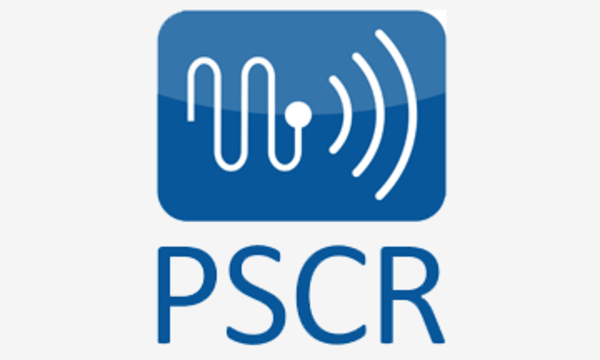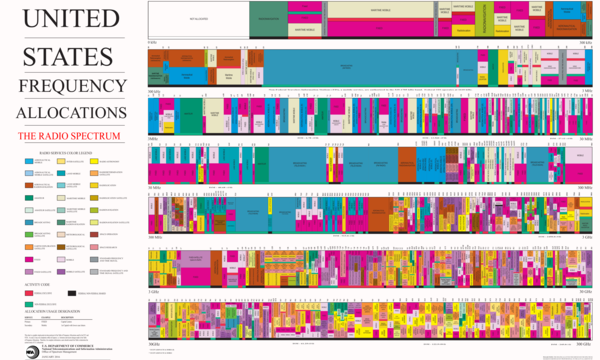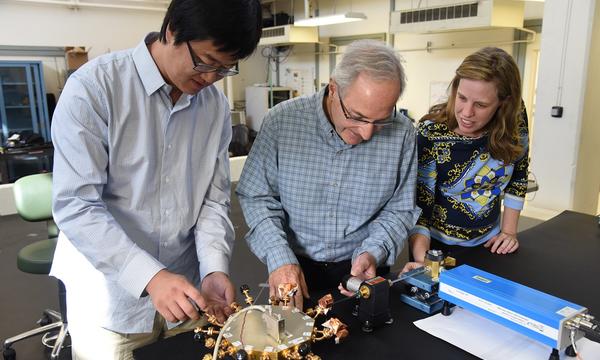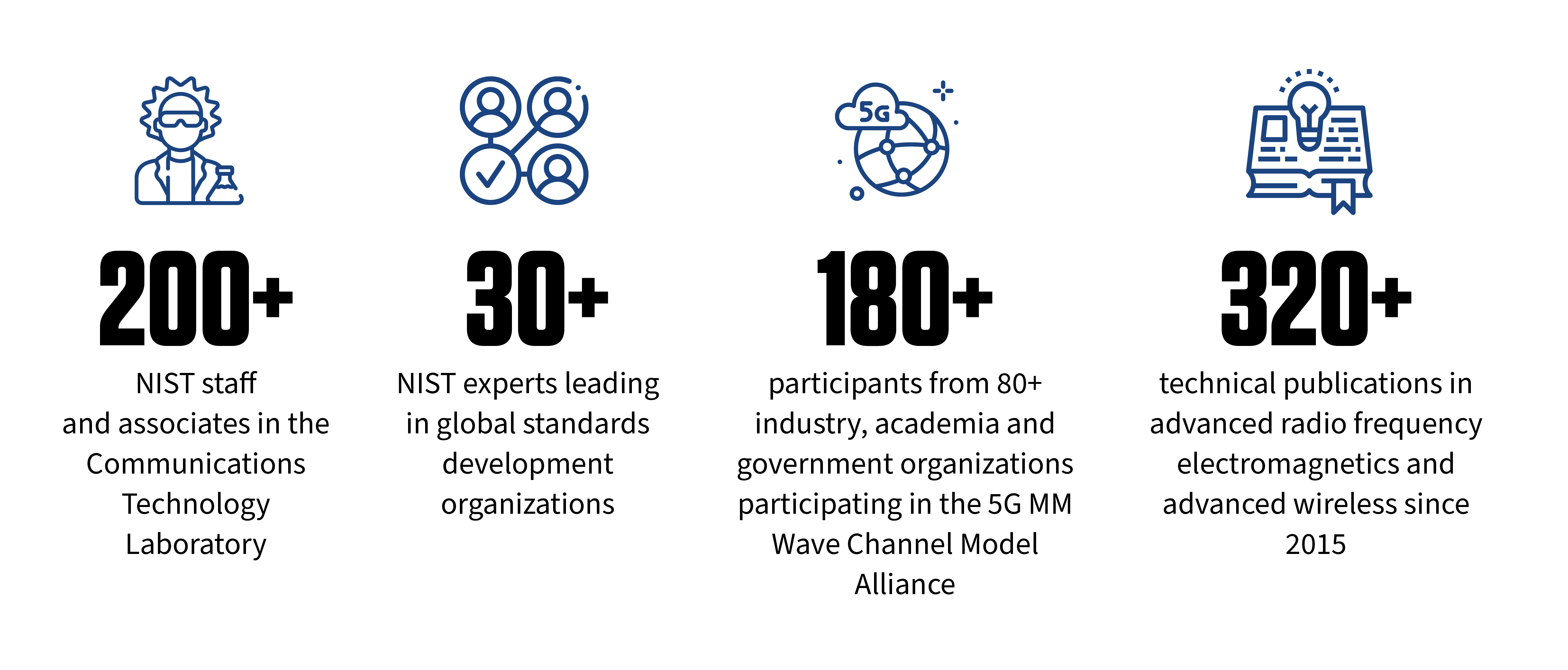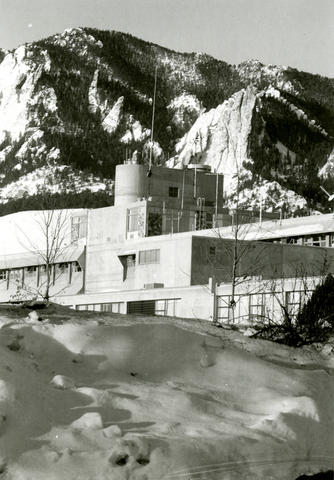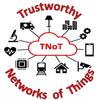Public Safety Communications Research
Secure, reliable, high-speed wireless communications are critical to the economic and national competitiveness of the United States. Advanced communications are enabling dramatic changes in how consumers, manufacturers, governments and others provide and consume information, transact business, provide and use essential services, and shop, among other tasks. An analysis by Accenture predicts that by 2022 there will be approximately 29 billion connected devices globally, 500 million of which will be connected to 5G wireless networks. This insatiable societal demand for connectivity will require significant advancements in communication technologies. Accenture forecasts that over the next several years, wireless providers will invest approximately $275 billion in U.S. infrastructure, creating up to three million new jobs and boosting annual GDP by $500 billion.
NIST is currently the U.S. government’s leader in fundamental and applied research, standards and government-academia-industry coordination for advanced communications technologies.
Learn more about NIST’s work in advanced communications and NIST leadership in three spaces:
- Federal engagement in 5G standards development
- Advanced communications R&D and testing enhanced spectrum
- Efforts to secure advanced communications
NIST Advanced Communications: By the Numbers
History of NIST Communications leadership
NIST has led in developing innovative, ground-breaking solutions for communication technologies since the early 1900s. Specialists from NIST created the first-ever radio receiver that could run on alternating current electricity, and pioneered a number of military applications including radio triangulation used to find ships and coordinate counter battery fire during World War I.
The establishment of the DOC Boulder Labs in the 1950s, now the hub for NIST’s Communications Technology Laboratory (CTL), was in large part to support radio communications research and standards programs for the then-nascent technology.
Over the ensuing 70 years, NIST’s efforts in communication technologies, including its current work related to 5G-and-beyond advanced communications, are recognized as being among the best in the world and contribute directly to U.S. competitiveness and leadership in this technology sector, including in enabling the infrastructure for 5G-and-beyond communications.


